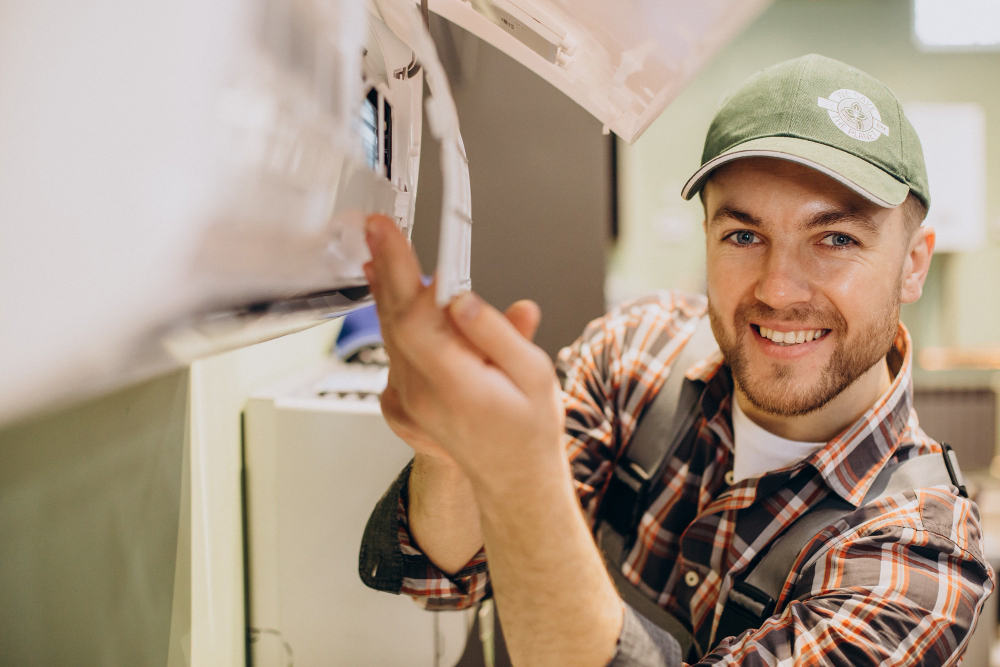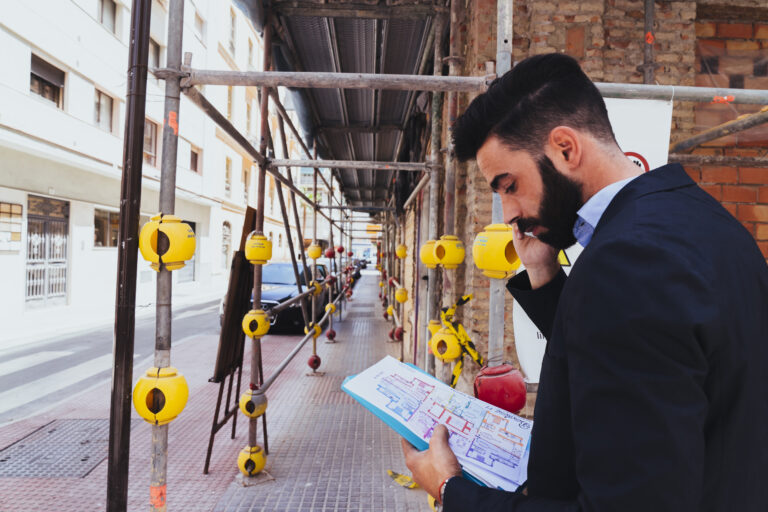Is your furnace acting up, repeatedly shutting off and leaving you in the cold? Dealing with a furnace that keeps shutting off can be frustrating and inconvenient, especially during the chilly winter months. However, understanding the possible causes and taking appropriate action can help you get the furnace repair service you need to restore warmth and comfort to your home.
In this blog post, we’ll explore common reasons why furnaces shut off unexpectedly and provide practical solutions to address the problem.
Common Causes of Furnace Shutdowns
Before diving into solutions, it’s essential to identify potential culprits behind your furnace’s frequent shutdowns. Here are some common reasons why furnaces may turn off unexpectedly:
- Dirty or Clogged Air Filters: A dirty or clogged air filter can restrict airflow, causing the furnace to overheat and shut off as a safety measure. Regularly replacing or cleaning the air filter is crucial for maintaining proper airflow and preventing shutdowns.
- Thermostat Issues: Faulty thermostat settings or malfunctions can lead to erratic furnace behavior, including frequent shutdowns. Ensure that your thermostat is set correctly and consider replacing the batteries if necessary. If the thermostat is malfunctioning, it may require professional repair or replacement.
- Clogged Exhaust Vent: A clogged exhaust vent can cause the furnace to overheat and shut off to prevent damage. Check the exhaust vent for any obstructions, such as debris or animal nests, and clear them away to restore proper ventilation.
Steps to Address Furnace Shutdowns
Now that you’ve identified potential causes of your furnace shutdowns, it’s time to take action. Here are some steps you can take to address the issue:
- Check the Air Filter: Inspect the furnace’s air filter and replace it if it’s dirty or clogged. Clean or replace the filter according to the manufacturer’s recommendations to ensure proper airflow.
- Inspect the Thermostat: Verify that the thermostat is set to the desired temperature and mode (heat) and that it’s functioning correctly. Replace the batteries if needed and consider recalibrating the thermostat.
- Clear the Exhaust Vent: Examine the exhaust vent for any blockages and clear them away to ensure proper ventilation. Remove any debris or obstructions that could interfere with the exhaust flow.





